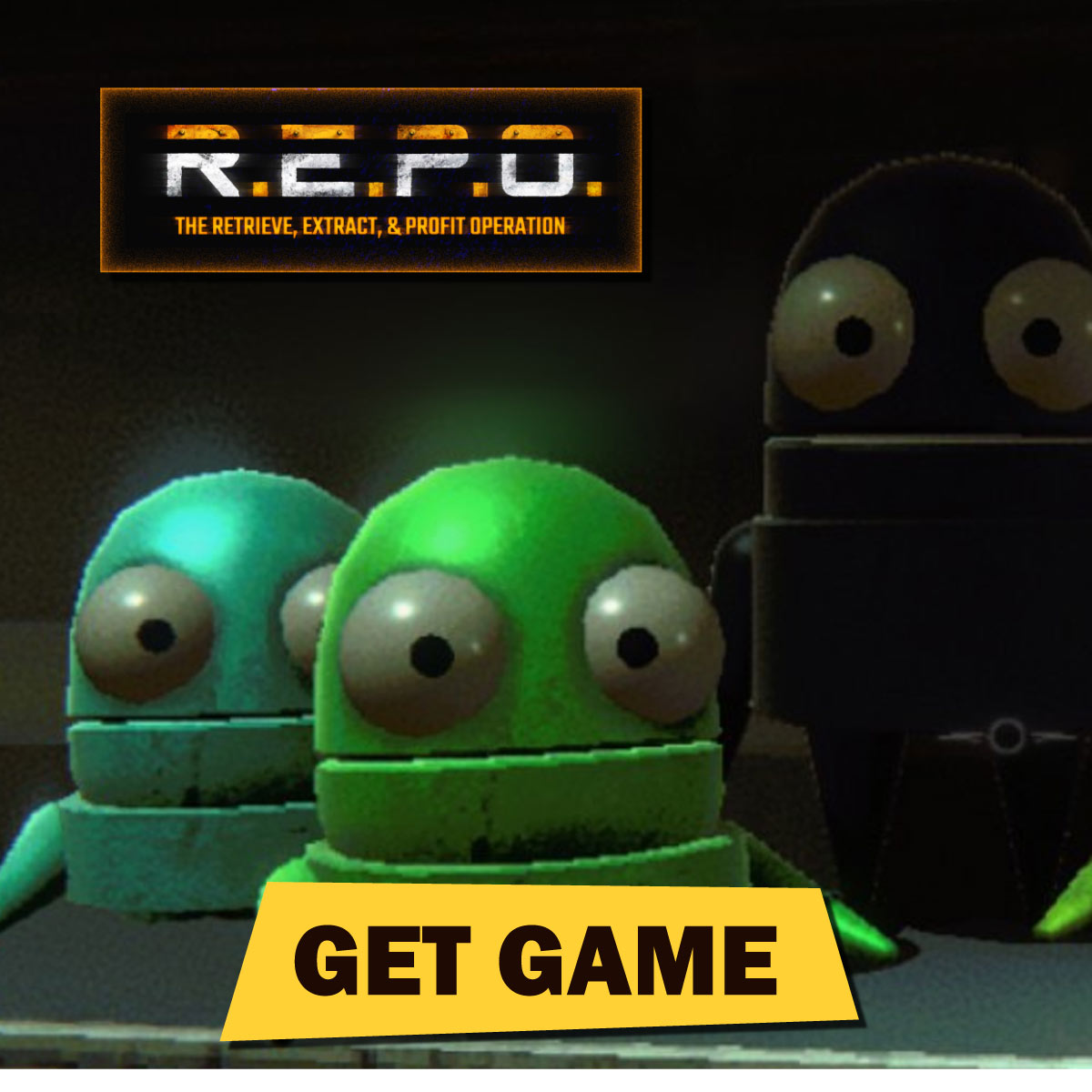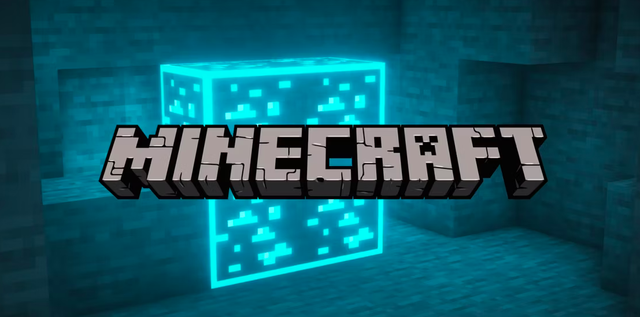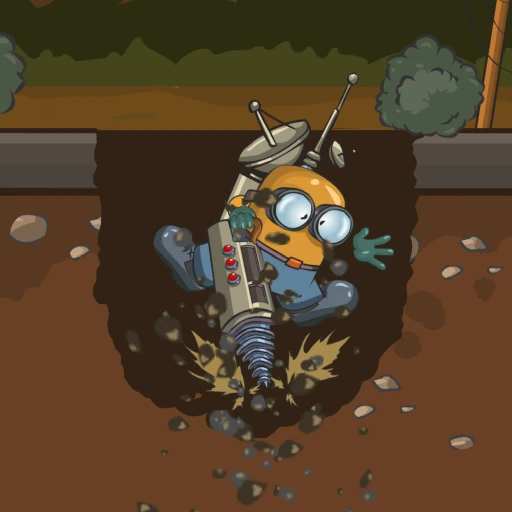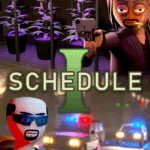Roblox – Steal a Brainrot is an emerging Roblox experience that fuses psychological horror, stealth gameplay, and cooperative heist mechanics. Developed by indie creators on the Roblox platform, this game has gained traction through short-form social media clips showing players sneaking through dark corridors, evading brainrot-infected enemies, and working together to steal a mysterious “brainrot.”
Combining jump scares, tension-filled exploration, and puzzle-solving mechanics, Steal a Brainrot represents a growing trend in Roblox: smaller-scale horror experiences with emerging depth. In this expert analysis, we explore its evolution, design, gameplay, narrative, community features, technical performance, and more—culminating in a clear pros and cons section and final rating.
1. Origins and Popularity Surge
Development Background
Steal a Brainrot emerged in late 2024, developed by a small Roblox group intrigued by blending stealth and horror. Instead of grand maps or multiplayer open worlds, the team purposefully built a tightly wound experience with scripted scares and atmosphere. Social media content, especially TikTok clips, fueled organic growth as players posted highlight reels of tense gameplay.
Community Reception
Despite limited branding and no major Roblox promotion, the game attracted a dedicated early fan base. Player content highlighted memorable moments—near misses with brainrot creatures, heart-pounding stealth segments, and cooperative extractions. Its minimalist, horror-crafting style quickly stood out and drew attention from Roblox fans looking for darker, more narrative-driven content.
2. Narrative Structure and Atmosphere
Central Premise
Players are cast as thieves entering a derelict facility rumored to host an experimental artifact called the “Brainrot.” Infiltration, evasion, and theft of this unknown item are the mission—though the deeper context of what Brainrot does and why it's guarded adds a layer of suspense not fully explained in-game.
Tension Through Design
The atmosphere relies on moody lighting, narrow corridors, ambient sound cues, and unpredictable enemy AI. Sound effects like dripping water, distant footsteps, and muffled screams heighten tension, while flashes and flickers of malfunctioning lights create a claustrophobic setting. This design model demonstrates how to create horror on Roblox without large budgets.
3. Core Gameplay Loop
Infiltration and Stealth
Matches begin with players dropping into the facility. The focus lies in quietly opening doors, avoiding light-and-sound traps, and using limited gear like flashlights and EMP grenades.
Evade or Confront
Stealth is often rewarded over confrontation. AI “brainrot” entities hunt players using sight and sound triggers—alerting on noisy steps or opened doors. Detection leads to AI pursuit until players break line of sight or use distraction items.
Extraction Mechanics
Once the Brainrot artifact is secured, players must reach the extraction point. The final phase tends to be the tensest, with increased AI spawns and altered lighting. Quick decision-making—in terms of pushing ahead solo or sticking with teammates—can determine success.
4. Level Design and Progression Flow
Single-Stage Structure
The main map unfolds as one continuous stage rather than segmented levels. Players navigate multiple zones—research labs, living quarters, containment areas—each with distinct lighting, enemy density, and puzzle themes.
Unlockable Routes
Player progress unlocks shortcuts or new entry points, crafted as progression bonuses rather than paid content. This encourages replayability through discovery, not monetization.
5. Cooperative Synergy and Communication
Team Roles
Players can coordinate using Roblox chat or external voice apps. Cooperation is key: one player distracts AI while another loots, others may carry the heavy Brainrot artifact to extraction. This emergent teamwork creates dynamic gameplay moments.
Solo Viability
Solopayers can succeed, but the pressure is higher. Solo runs rely heavily on stealth and puzzle deduction. Failed attempts often point to clever design that supports flexible playstyles.
6. Enemy Design and AI Behavior
Brainrot Infected
The main enemies are humanoid figures corrupted by experimental Brainrot. Their behavior focuses on aggression when seeing or hearing players but lacks patrol routines to keep the map unpredictable.
Threat Scaling
Enemy presence increases significantly once the Brainrot is taken. Player noise history determines spawn frequency and aggression. This “heat” mechanic effectively creates tension spikes and erratic AI behavior in final acts.
7. Audio-Visual Presentation
Visual Aesthetics
Using Roblox’s lighting tools, the developers created a grimy, artless facility. Subtle visual details—pixelated flickers, damp textures, broken panels—build immersion. Nothing flashy, but it's cohesive and effective.
Sound Design
Audio is pivotal: players rely on footstep volume and distant cues. The score, when present, amplifies tense pacing. The overall sound direction suggests RPG horror without expensive audio assets.
8. Technical Performance and Limitations
Frame Rate
The game is optimized for lag-free performance on mid-range PCs and mobile devices. However, heavy lighting effects and physics may cause frame dips in crowded or complex scenes.
Bugs and Issues
Players report occasional lighting glitches, AI clipping, or incomplete pathing. Still, current feedback indicates a responsive dev team pushing regular small updates to improve stability.
9. Expert Rating and Long-Term Potential
Steal a Brainrot shows how a small Roblox team can craft atmospheric gameplay that resonates with horror fans. Its stealth mechanics, ally dynamics, and AI tension create memorable short sessions. The game remains limited by scope, but its core loop is rock solid.
With further development—more maps, artifact variants, story snippets—this could evolve into a standout title in Roblox’s horror category.
Conclusion
Roblox – Steal a Brainrot is a tightly focused horror stealth game in a Roblox shell. Its tense atmosphere, cooperative demands, and unpredictable AI make each run exhilarating. Though modest in scope, the experience is refreshingly unique among Roblox offerings and hints at what small teams can deliver with clever design and social amplification.
It's not yet a blockbuster, but it's a promising indie gem with real potential. For fans of stealth horror in short bursts—especially when shared with friends—Steal a Brainrot is worth your attention.



























